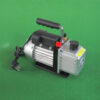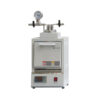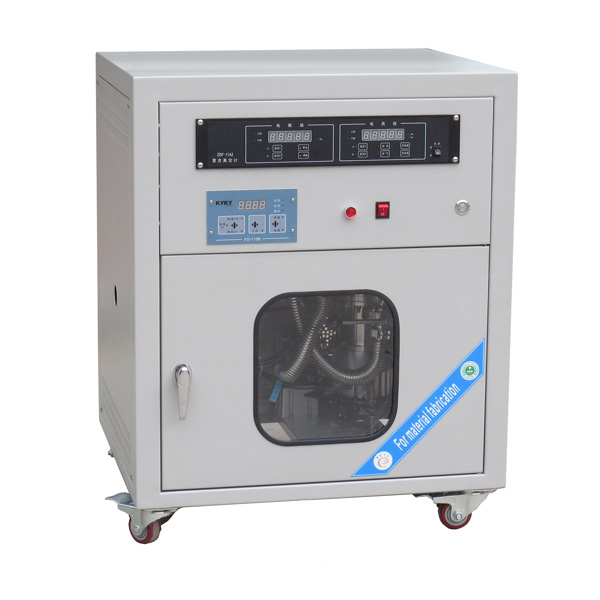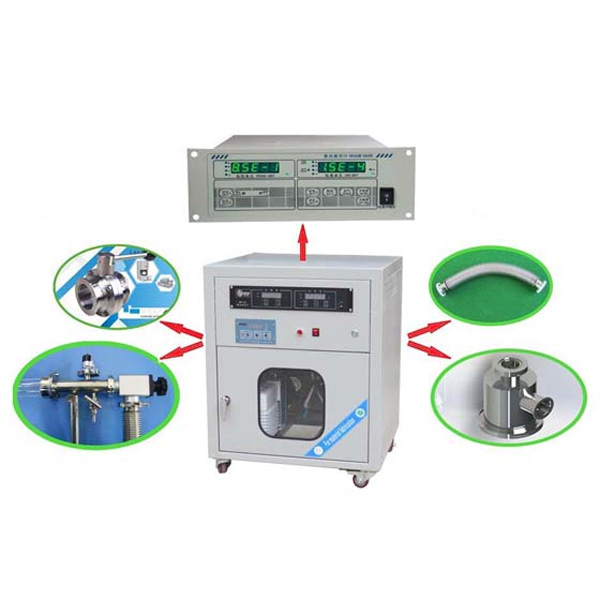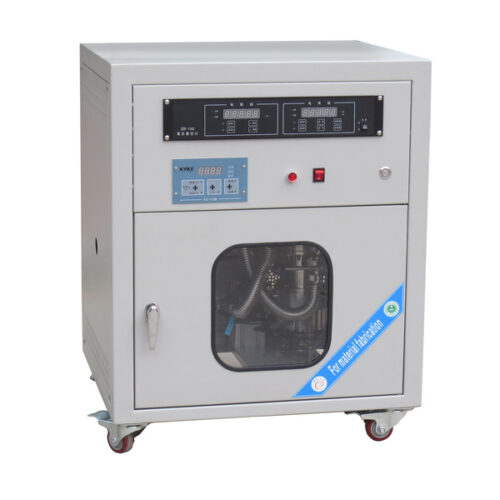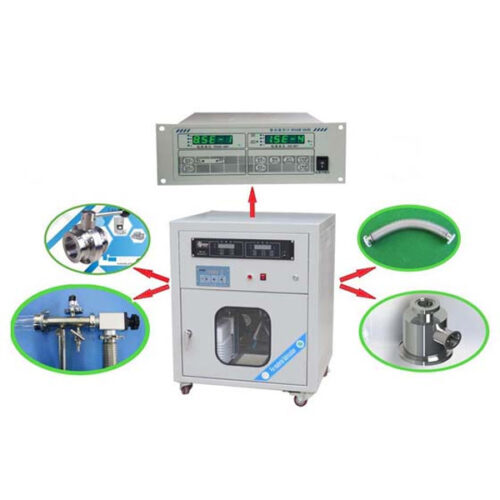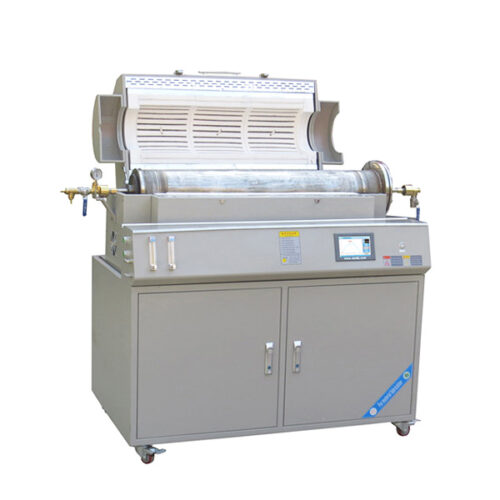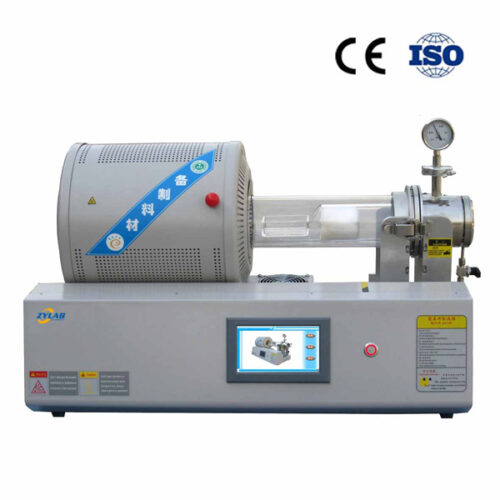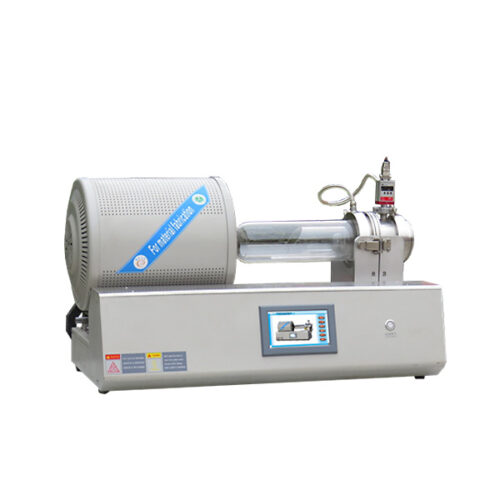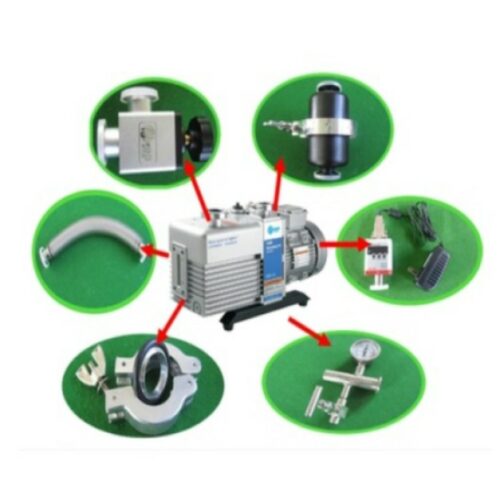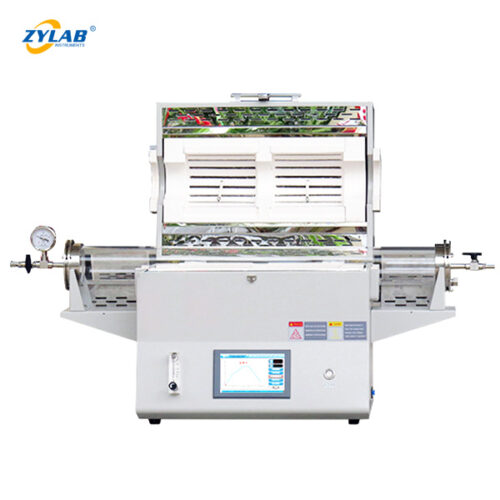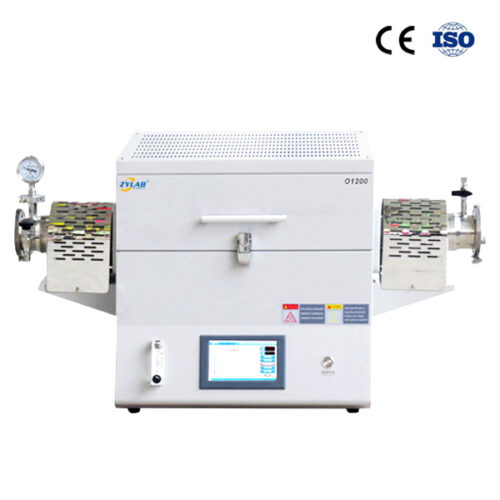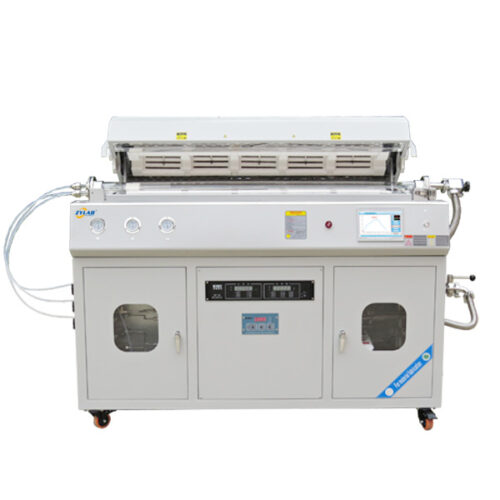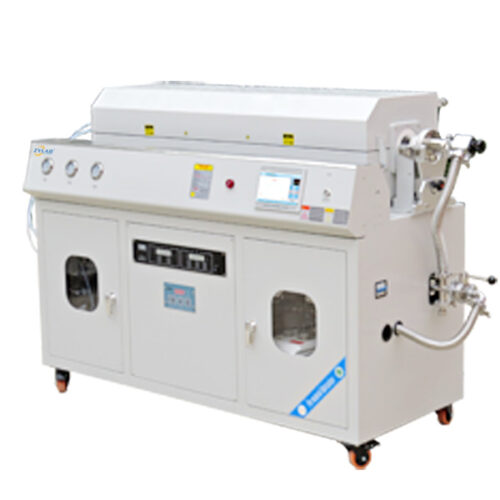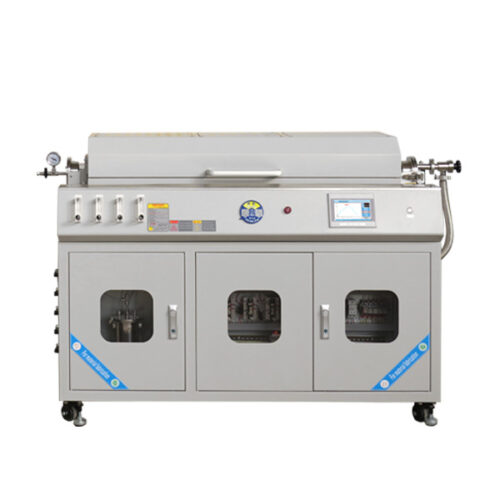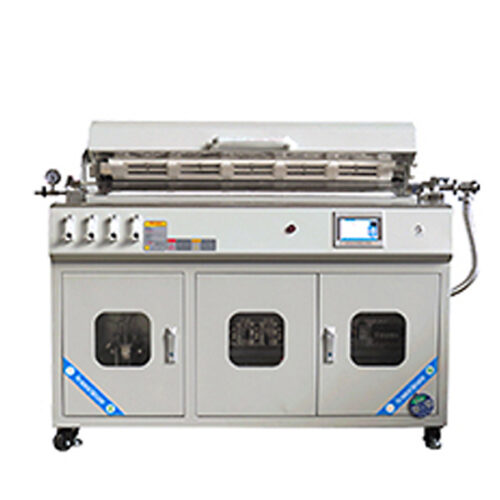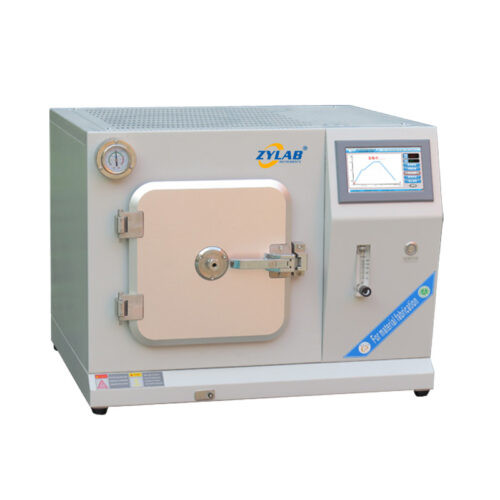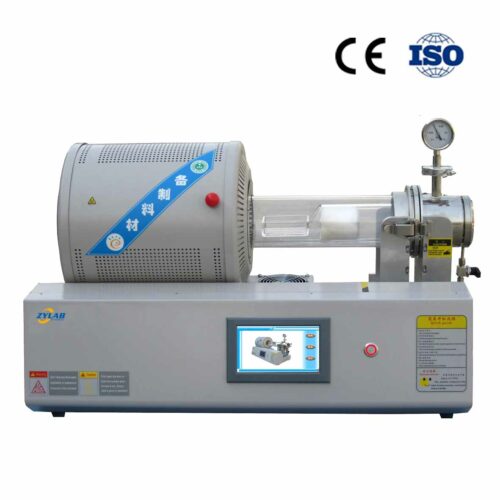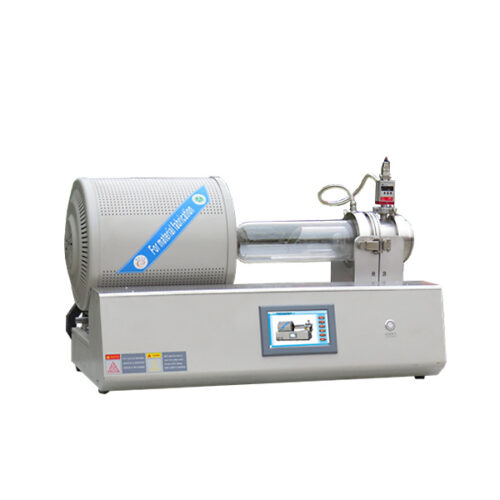4.4 × 10⁻³ Pa High Vacuum System Molecular Pump Unit
Introduction
The molecular pump unit high vacuum system uses a molecular pump as the main working pump, with a mechanical pump serving as the forepump for the molecular pump. The vacuum system consists of a mechanical pump equipped with a venting device, and it mainly includes connecting pipelines, a molecular pump, and a mechanical pump, all connected using standard components made of stainless steel with electropolished treatment. The system is designed with a pre-pumping function.
Technical Specificatons of Molecular Pump Unit
- Ambient Temperature: 5~32°C
- Relative Humidity: ≤85%
- Operating Voltage: 220V ±10%, 50~60Hz
- Power: 1 kW
- Overall System Ultimate Vacuum: 4.4 x 10⁻³ Pa
- Dimensions: 850 x 600 x 650 mm
Technical Parameters
| Main
Configuration |
ZYLAB – A System | ZYLAB – B System |
| Mechanical Pump | Pumping Speed: 4 L/S
Motor Power: 400 W Ultimate Pressure: 6 x 10^-2 Pa |
Pumping Speed: 6 L/S
Motor Power: 500 W Ultimate Pressure: 6 x 10^-2 Pa |
| Molecular Pump | Pumping Speed: 100 L/S
Ultimate Pressure: 6 x 10^-6 Pa Startup Time: < 2 min Rated Speed: 43,000 rpm Cooling Method: Air/Water Cooling |
Pumping Speed: 600 L/S
Ultimate Pressure: 6 x 10^-6 Pa Startup Time: < 2 min Rated Speed: 27,000 rpm Cooling Method: Air/Water Cooling |
| Molecular Pump Control | Voltage: 200~240 V
Output Power: 250 W Acceleration Time: 3 min Output Frequency: High Speed 704 Hz ±10%, Low Speed 430 Hz ±10% |
Voltage: 380~410 V
Output Power: 400 W Acceleration Time: 3 min Output Frequency: High Speed 704 Hz ±10%, Low Speed 430 Hz ±10% |
| Composite Vacuum Gauge | Operating Voltage: 220 V, 50~60 Hz
Resistance Gauge Resistance: ~85 Ohm Automatic Protection (Ionization): >10 Pa Ionization Gauge Measurement Range: 1 x 10^0 to 1 x 10^-5 Pa Resistance Gauge Measurement Range: 10^5 to 10^-1 Pa |
Operating Voltage: 220 V, 50~60 Hz
Resistance Gauge Resistance: ~85 Ohm Automatic Protection (Ionization): >10 Pa Ionization Gauge Measurement Range: 1 x 10^0 to 1 x 10^-5 Pa Resistance Gauge Measurement Range: 10^5 to 10^-1 Pa |
| High Vacuum Manual Isolation Valve | Sealed with fluororubber ring, quick-release flange interface, leakage rate up to 5 x 10^-9 Pa·m^3/s | Sealed with fluororubber ring, quick-release flange interface, leakage rate up to 5 x 10^-9 Pa·m^3/s |
| Connecting Pipelines | Made of full stainless steel, electropolished, with welding leakage rate better than 1 x 10^-9 Pa·m^3/s | Made of full stainless steel, electropolished, with welding leakage rate better than 1 x 10^-9 Pa·m^3/s |
Applications
1. Thin Film Deposition:
- Used in processes like Physical Vapor Deposition (PVD) and Chemical Vapor Deposition (CVD) for producing thin films on substrates in industries such as semiconductors, optics, and solar cells.
2. Material Science Research:
- Essential in high vacuum environments for experimental setups such as electron microscopy, surface analysis, and the study of material properties at the atomic level.
3. Vacuum Coating:
- Employed in the production of high-quality coatings on products like optics, mirrors, lenses, and electronic components where precise control over film thickness is required.
4. Vacuum Furnaces:
- Used in high-temperature applications such as sintering, annealing, and heat treatment processes, where controlled atmospheres with minimal contamination are essential for materials like ceramics and metals.
5. Space Simulation Chambers:
- Enables simulation of the vacuum conditions found in outer space, used for testing spacecraft components and satellite systems.
6. Mass Spectrometry and Analytical Instruments:
- High vacuum systems are crucial for maintaining the required pressure levels in mass spectrometers, X-ray diffractometers, and other precision analytical tools.
7. Plasma Processing:
- Supports applications in plasma etching, ion implantation, and other plasma-assisted material processing techniques used in the fabrication of electronic devices.
8. Vacuum Packaging:
- Employed in vacuum packaging systems where ultra-low pressure levels are needed to preserve sensitive electronics or pharmaceutical products.
9. Accelerator Facilities:
- Utilized in particle accelerators and beamlines to create and maintain the necessary vacuum conditions for high-energy particle physics experiments
Benefits
1. High Precision: Enables accurate control of vacuum conditions for applications like thin film deposition and material analysis.
2. Efficient Operation: Fast evacuation times improve productivity in processes like coating and plasma treatment.
3. Stable Vacuum: Maintains consistent vacuum levels, essential for uninterrupted operations such as space simulation and heat treatment.
4. Low Contamination: Stainless steel and electropolished components reduce contamination, ensuring clean environments.
5. Versatile Applications: Suitable for a wide range of industries, including electronics, research, and high-tech manufacturing.
6. Energy Efficient: The molecular pump design reduces energy consumption while delivering reliable performance.
7. Durable Design: High-quality materials extend the system’s lifespan and reduce maintenance needs.

